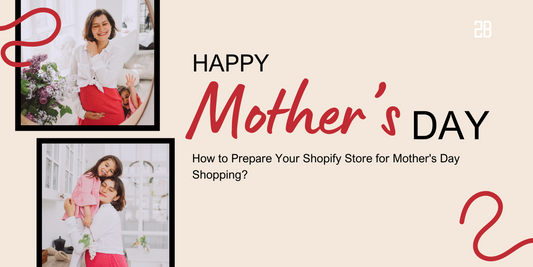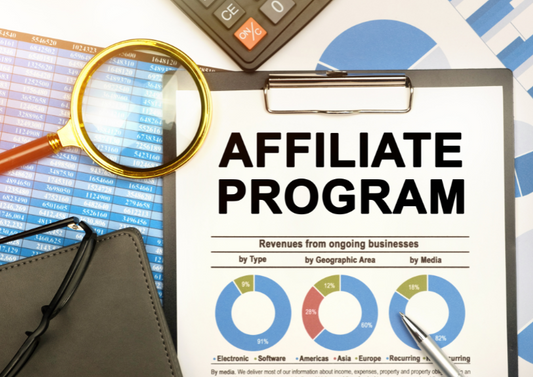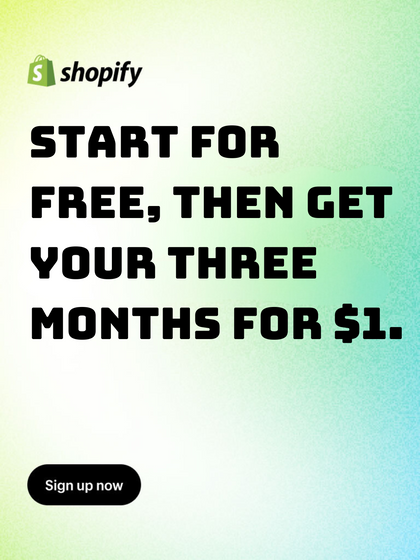Personalization in e-commerce might be the difference between a buyer selecting your brand over another. The most significant element of customization is that it eliminates friction: if your personalization algorithm predicts their search intent, users will be able to locate what they're seeking for more simply.
What is Personalization in E-commerce
Personalization in e-commerce is defined as the responsible use of commerce data to get to know, guide, and wow your consumers with experiences that are so relevant and contextual that they seem magical.
Cross-channel, on-site, and in-app personalisation are all part of e-commerce personalization. It contains tailored messaging, information, site layouts, goods, and much more for both anonymous and recognized consumers.
It is powered by first-party data in real time. As a consequence, quantifiable journeys are created that engage and guide consumers from brand recognition to product discovery to repeat purchases.
Personalization is becoming more crucial for retailers looking to engage customers while also promoting repeat purchases, driving revenue, and enhancing conversion.

Personalization in e-commerce plays important role in customers' experience
It may take various forms, ranging from tailored product suggestions on a retailer's homepage or picture of the products with a label watermark in detail page to cart abandonment marketing emails.
Read more: 7 E-Commerce Personalization Strategies to Boost Your Sales
5 Tips for Implementing Personalization in E-Commerce
Here are some tips for you to optimize personalisation in e-commerce for your business.
Encourage consumers to register for accounts
To create a customer profile , you must collect information from your current subscribers and purchasers. The information entered when a consumer registers up to purchase or subscribe to your newsletter is an excellent source of data. When you've accumulated enough data, you may sift through it to uncover common characteristics shared by many of your clients.
For example, if they are of a certain age or gender. You may then use this data to construct an ideal customer profile and targeted advertising for individuals in those categories.
Personalization tactics will be easier to adopt if you have consumer profiles. It will assist you in monitoring your customers' behaviors.
Email list segmentation

Managing customers' data is vital for your e-commerce site
Customer data export: geographic data, demographic data, psychographic data (lifestyle, hobbies, etc.), and behavioral data (based on purchases, browsing behaviors, etc.) are just some of the ways you might divide up your email lists.
Customers' locations, among other factors, may be used to tailor the messages they get once you've divided your lists. Let's pretend you're advertising a "summer sale." You should only contact subscribers who are located in or will soon be entering a tropical climate.
Conversion rates may be increased by using a landing page in conjunction with your email campaign. Email customers with personalized offers based on their previous purchases, and provide a link to a landing page with further information.
If you want them to take action, send them to a landing page instead of the main page. Send birthday greetings with discount coupons and use recipients' first names in the subject lines of your emails to show your appreciation.
Emails allowing clients to offer feedback are another method to add a personal touch. You may use the feedback you get from subscribers, both positive and negative, by using the following business review examples.
Read more: 8 Customer Segmentation Tips to Personalize E-commerce Marketing
Make custom homepages
The homepage is the "front door" where you welcome your customer. In addition to having a well-optimized landing page, you should also provide a pleasant, customized greeting to consumers based on their past purchases and/or browsing behavior. Almost e-commerce platforms like Shopify, Woocommerce,... allow users easily customize their homepage with very simple steps.
Cookies allow you to keep track of the sites a user visits so you can provide advertisements that are more likely to be of interest to them. You will also need greater technical knowledge to do this. You may enlist the expertise partner in the subject.
You might provide a free eBook on order management systems to repeat visitors to a blog on "how to start an eCommerce business," for instance.
Another option is to display a message saying "new man's hat just-in" on the homepage if a customer has visited a certain page, such as the "20% off hats section" on the "man's sale" page.
Display current shopping for returning consumers

Improve experience for returning customers
The "Continue watching" option is one of Netflix's most useful innovations. When we observed it, we knew there was a way to improve the online shopping experience by using a similar strategy. This is what gave rise to the concept of continual shopping suggestions, which is now one of our go-to strategies for expanding businesses.
With Netflix, you can easily resume watching from the point you left off instead of wasting time browsing and scrolling through films.
In a similar vein, this method keeps track of the products and settings that a visitor has chosen in prior sessions, allowing them to start up exactly where they left off. The method isn't very complicated, but it does simplify the purchasing process for your visitors, which is why it's useful.
Make use of live chat software or chatbots
Most businesses still utilize the identical pop-up chat messaging for all site visitors. Personalizing the introductory message depending on a visitor's URL, behavior, or any other data you can gather makes a lot more sense. Once you understand a visitor's behavior, you may provide price reductions or other incentives to entice them to make a purchase.
E-commerce is here to stay, and customers are increasingly seeking a more customized purchasing experience. To attract and keep consumers, you need a plan for personalization in e-commerce. Find more useful information about e-commerce on https://2-b.io.




